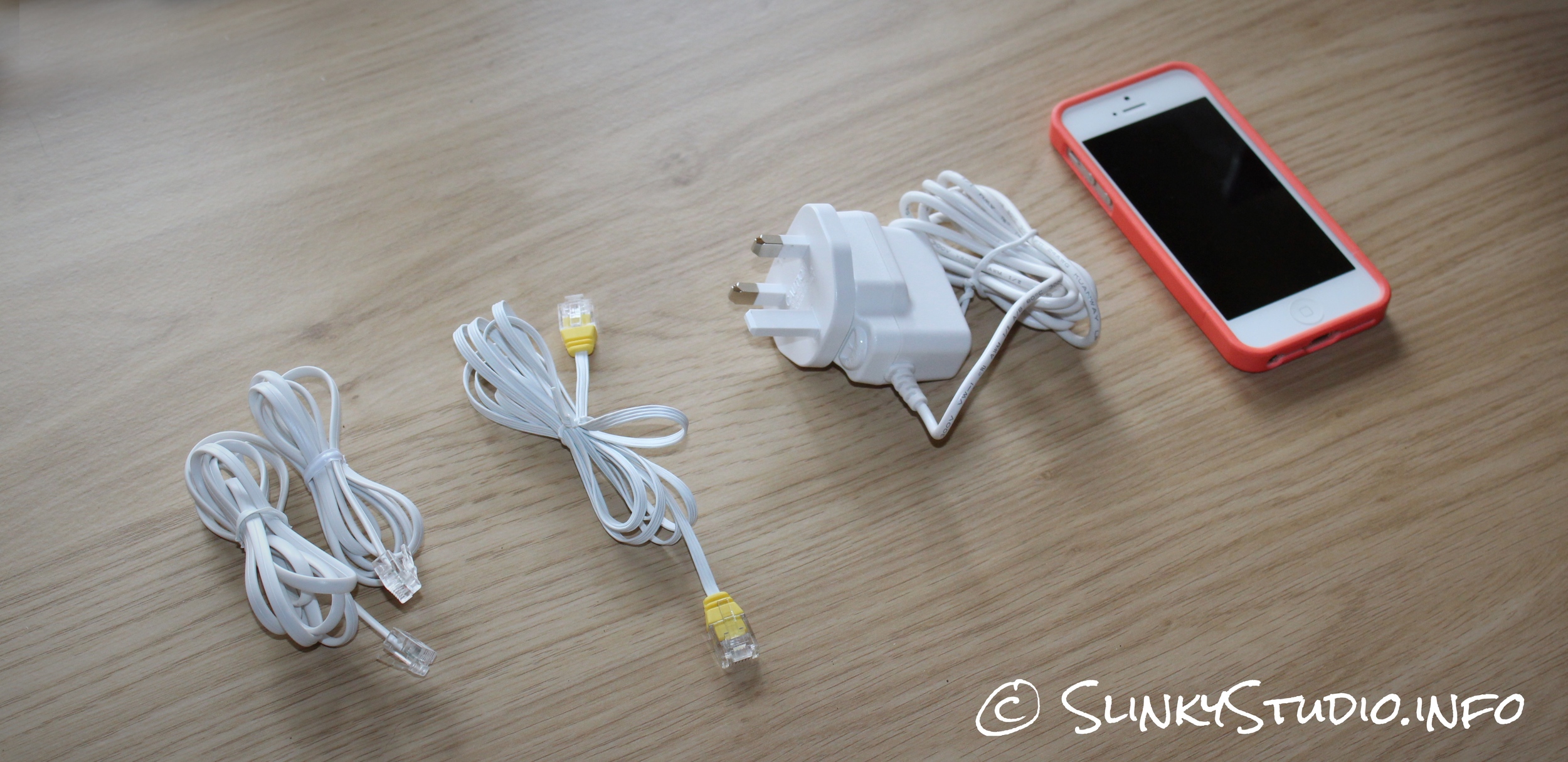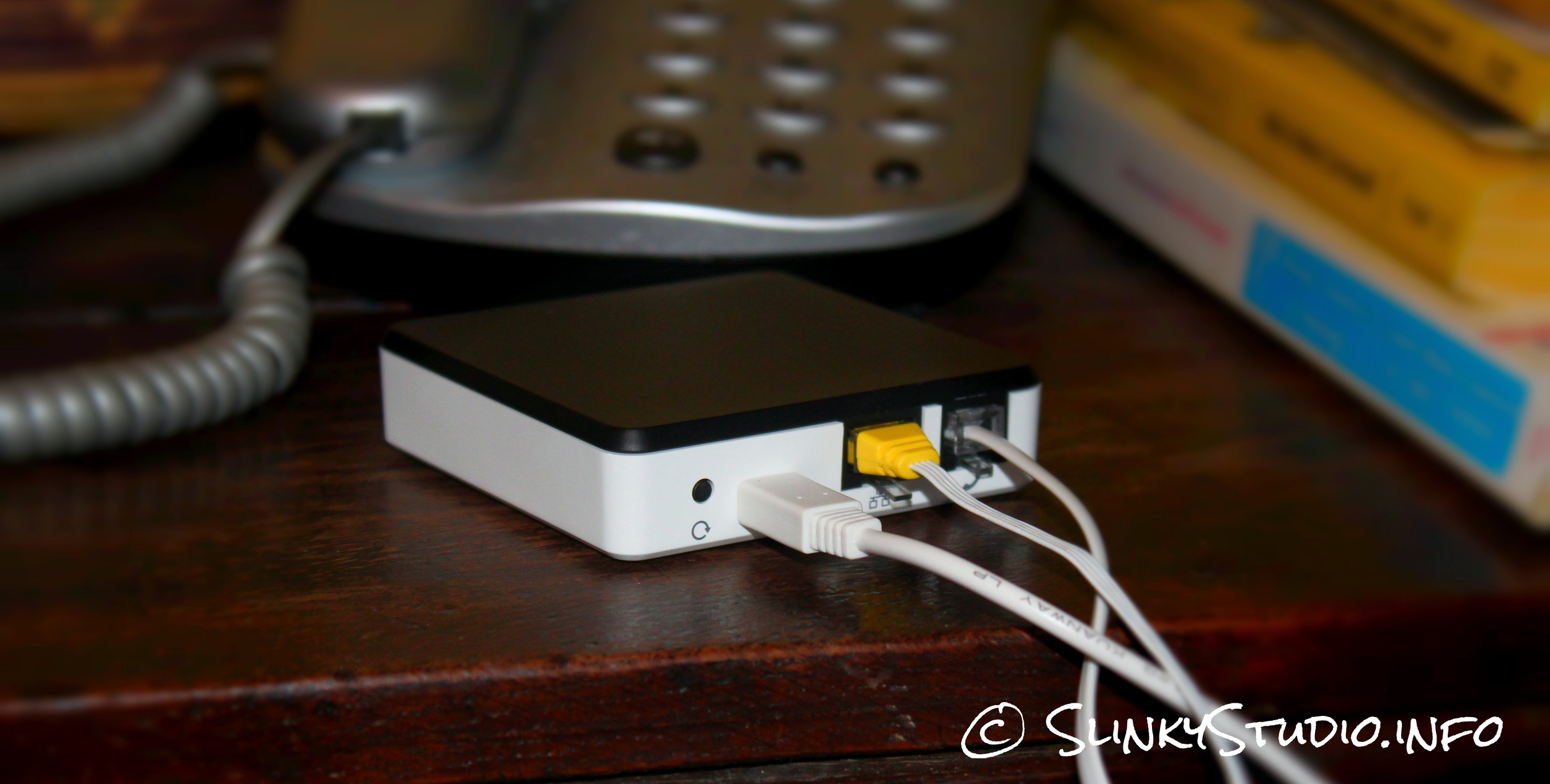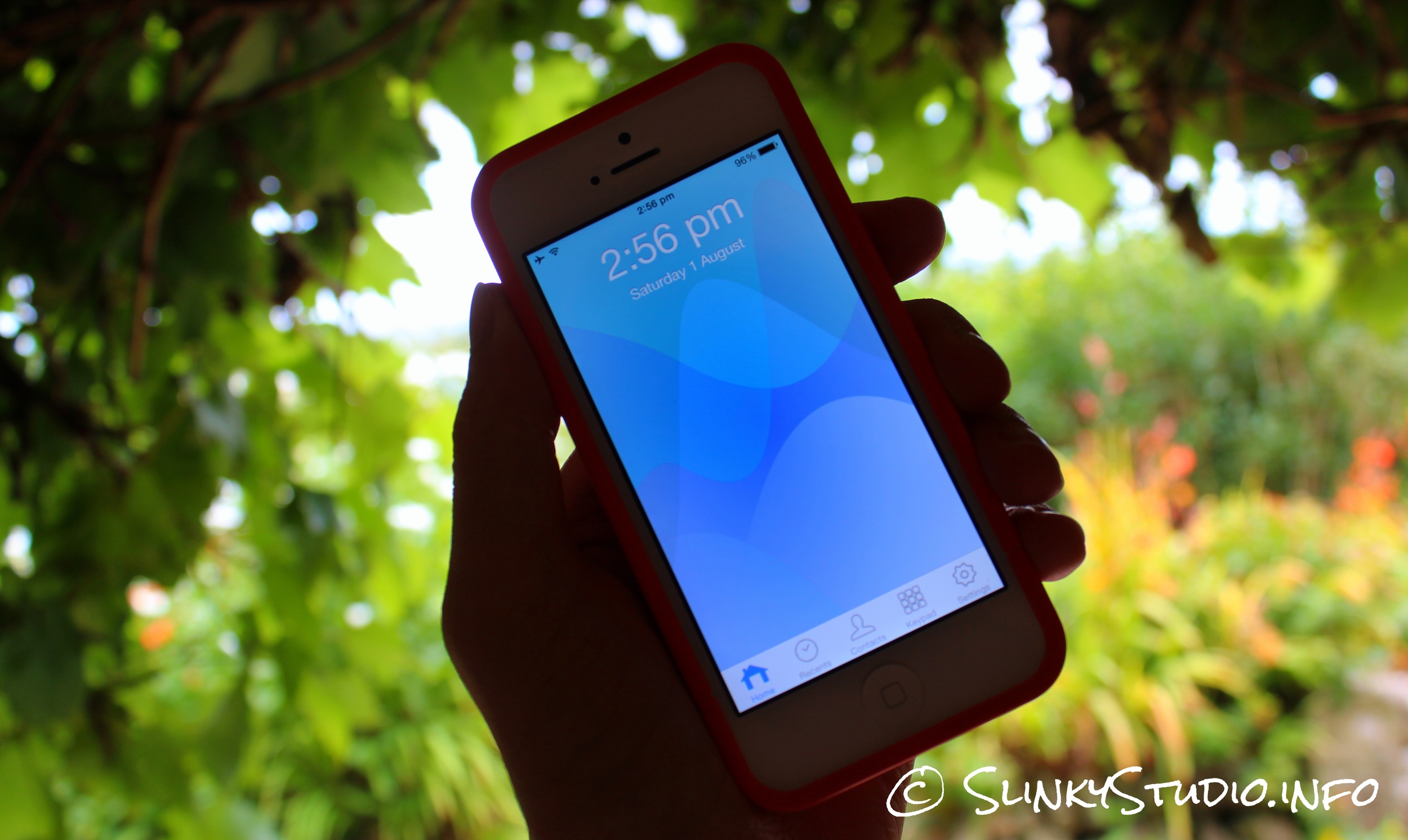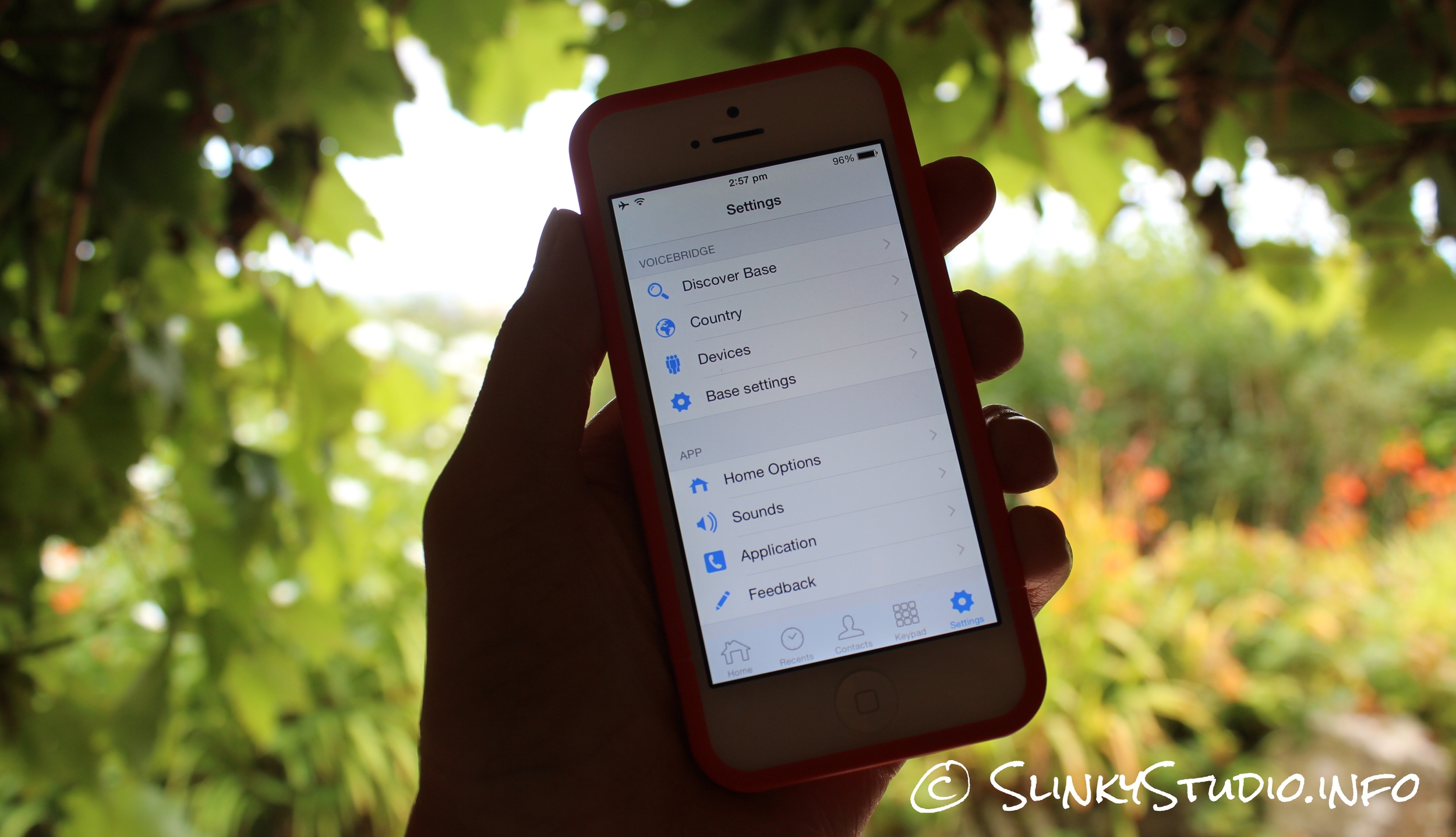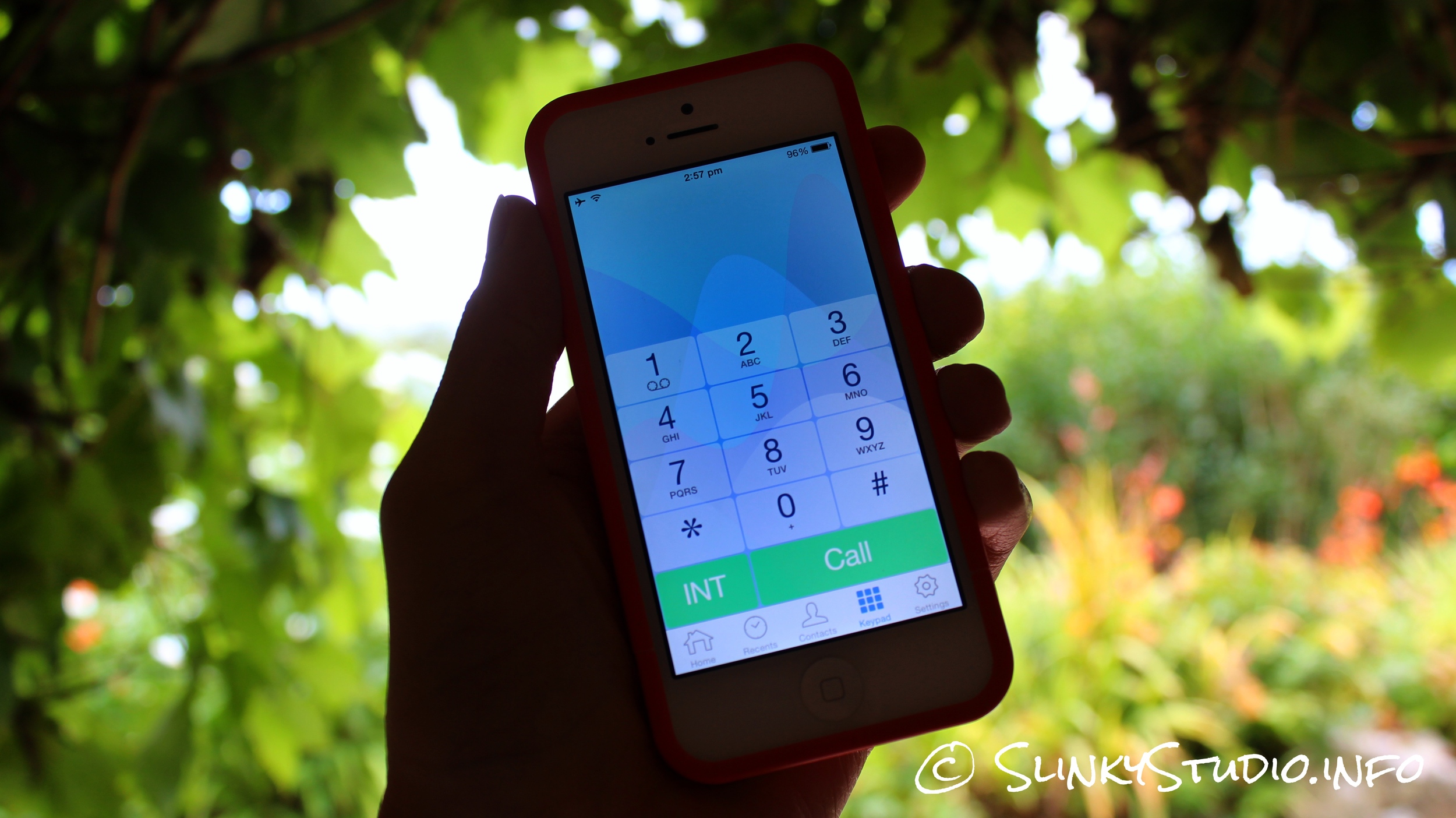Swissvoice Voice Bridge Review
This is exactly the kind of concept that we’ve often thought to ourselves would be a good idea, but until now were unaware anyone had actually created it. The £100 Swissvoice Voice Bridge conveniently allows all your incoming landline calls to be answered and dialled on iOS devices (support is promised for Android in Q3 2015).
Good Design = Easy Setup
Swissvoice Voice Bridge is a dinky little box that weighs only 60g. Its condensed design is quite practical, and cables are far more manageable with a box that is marginally bigger than the commonly found ADSL boxes in the UK for broadband internet. Additionally its size makes it easy to hide away; as an example ours is hidden away beneath the stairs.
Setting the Voice Bridge up is directed step by step with the free Voice Bridge app and all the necessary cables are supplied in the box. The first step is to unhook that landline cable currently residing in your phone system, for it then to be plugged into the Voice Bridge box. Next an ethernet cable is inserted from the Voice Bridge box into one of the spare ethernet ports on your wireless internet router (we use a BT Hub 3) to broadcast a wireless connection; for devices and box to bridge. Thankfully fiddling around with cables, getting organised and working through the app was a one time procedure. Following this, and upon powering the Voice Bridge up, we were met with a pulsing blue LED light, signifying it was updating. This process took roughly 30 minutes and once it was completed we were greeted with a stagnant blue LED. It was quite a painless setup, but it would have been really helpful to know just how long the Voice Bridge takes to update itself as no estimation is given by Swissvoice.
The App
It’s safe to say that the app did a good job at holding our hand during the setup process, and following this we were greeted with its clean user interface. The pre iOS 6 inspired home-screen, which displays the current time, date and a latest list of calls, was a nice touch, but we were really impressed by the flurry of features the Voice Bridge app had packed in; it really transports a standard landline into a hybrid technology that interconnects with Wi-Fi and cellular technologies, which is notably practical for businesses. For instance, five employees using the app can each jump into an incoming landline call via each respective iOS device, and what’s more the devices can solely use the Voice Bridge as an intercom between one another.
Moving along, we have a widget that produces the entire call history and all missed calls in easily digestible form. Strangely, however, after a day passed following a call date it always logged it as ‘01/01/1970’? Additionally deeper functionality within the Voice Bridge app makes it a snappy affair to setup call forwarding, to direct incoming calls to a voicemail inbox and to even commit a call as a background task for using your device to do other things. One of the highlight features that we very much liked, was that we could put our phones' bundled contract minutes to good use, by using the option to redial any number via cellular - alternatively making standard landline calls is done via the integrated digitalised number pad.
Most importantly all incoming calls seamlessly pop up as a notifications. In such an event the app opens - quickly too we should add. Having said this, we did uncover a software bug where the ringer doesn't utilise the iPad’s speaker when receiving incoming landline calls, although otherwise much of the familiarity of the inbuilt phone app on the iPhone is preserved when using it on the iPad. Other features which work across the iOS devices include the screen turning off when the ambient light sensor detects you are holding it against your face and the ability to toggle to speakerphone or mute. The app can even be granted access to your contacts, so the name of an associated landline number appears if they call you.
Call Performance
First we must discuss range. Logically it is going to be the same distance as your present Wi-Fi signal reaches. We have a range extender setup at the studio and we thought it worth noting that calls had no problem seamlessly switching to this as we moved around whilst talking. We tested both the quality of receiving a call and answering many calls via the Swissvoice Voice Bridge. Between using iPhones and iPads we noticed a smidgen of difference in overall call quality, but why this is we do not know. Using iPhones we were met with crisp, loud and responsive conversations, but the latter attribute was diluted on the iPad due to a vaguely noticeable delay in our outgoing audio, although this isn’t anywhere near a catastrophe for the product because the audio quality was still better than our standard land phones. Regardless of the device we were using, the quality of the audio had body and a great amount of clarity. It was an interesting realisation that the microphones and speakers within our iOS devices are substantially better than those in our landline handsets.
*Update: In 2016 Swissvoice updated the Voice Bridge to include FollowMeAudio. This allows the acceptance of incoming calls, and the placement of outgoing landline calls from anywhere in the world via cellular and WiFi. Currently this is an iOS only App feature and whilst we haven't left the country to test, we have been 100 miles away from the studio and calls sounded perfect! For business users like ourselves, this feature adds huge value to the Voice Bridge too. Meaning if you have a connection on your iOS device, you'll never miss an important call - regardless of your location.
New Found Haste
Family members and friends who are seen as dinosaurs to you and us with their constant use of landlines, may be shocked at the speed you now answer their phone calls. A scenario of rushing around to the base station landline, to then abruptly discover that the phone is not there and is actually all the way upstairs, or simply having to rush to the telephone, are welcomely gone. This is because we all religiously keep our smartphones in our pockets and they are never more than a few centimetres away from us on the bedside table whilst charging at night.
Overall
The landline remains alive and well in many households and businesses. In such settings the Swissvoice Voice Bridge is a useful product for adding or replacing a dedicated landline phone system within the area covered by your router. Granted the app has a few kinks that need a light ironing out and Swissvoice demand a steep £100 for the device's privileges, but nevertheless the execution of seamlessly bridging landline calls wirelessly to an iOS device is discreetly integrated and for the most part it works.



